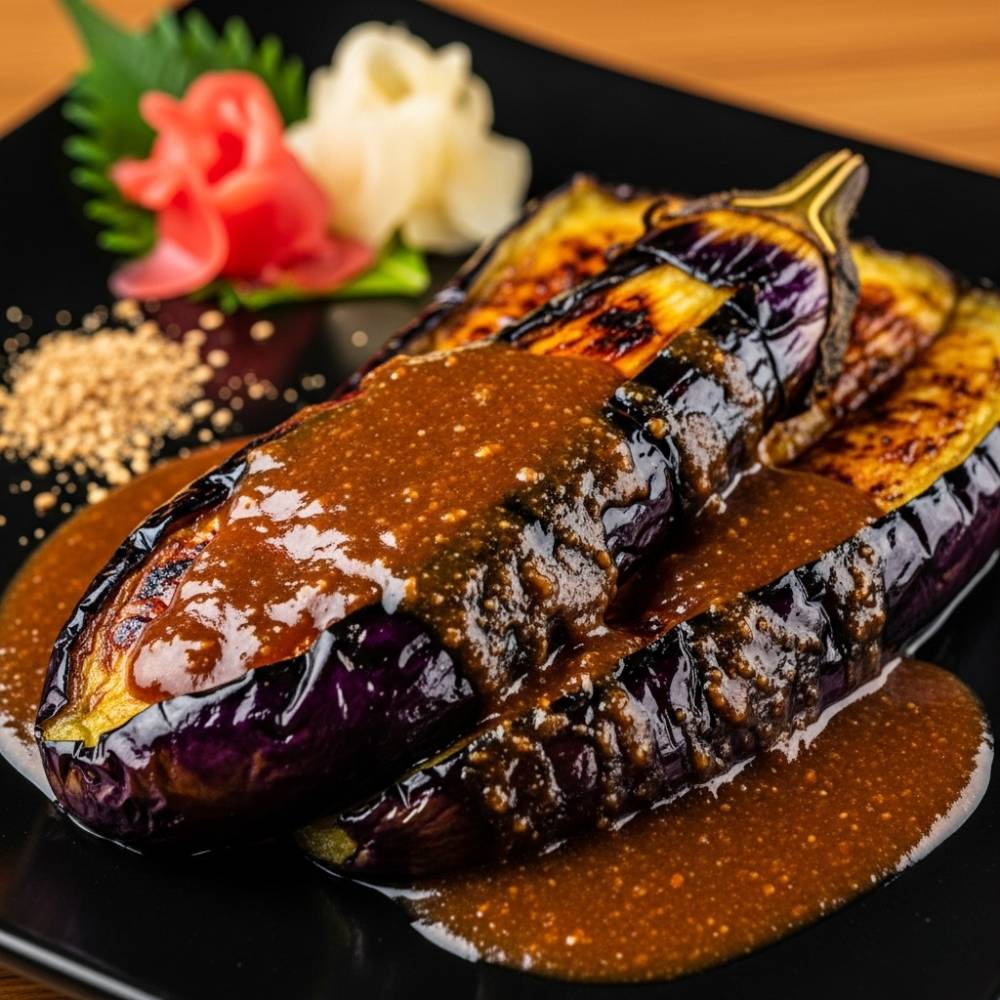Tamagoyaki (Sweet Japanese Omelette)
A light and subtly sweet Japanese rolled omelette, featuring thin layers of seasoned egg cooked and folded into a compact block. Perfect for breakfast, lunch, or as a sushi topping for two.

Prepare egg mixture
In a medium bowl, gently whisk 4 large eggs until the yolks and whites are just combined, without creating too many bubbles. Add 2 tablespoons dashi (Japanese broth, use vegetable broth or water for vegan), 1 tablespoon mirin (sweet Japanese cooking wine), 1 teaspoon soy sauce (use tamari for gluten-free), 1 teaspoon granulated sugar, and 1/4 teaspoon salt. Whisk gently until the sugar dissolves. Strain the egg mixture through a fine-mesh sieve into a clean bowl. This removes any bits of egg white or chalazae (the white stringy parts), ensuring a smooth omelette. Mirin is a sweet Japanese cooking wine. Dashi is a clear Japanese broth.
💡 Pro Tips:
- •Do not over-whisk the eggs; too much air creates bubbles that break the omelette.
- •Straining the egg mixture makes the tamagoyaki smooth.
Heat pan and cook first layer
Heat a non-stick rectangular tamagoyaki pan (a special rectangular omelette pan) or a small round non-stick skillet over medium-low heat. Lightly brush the entire surface of the pan with 1 teaspoon vegetable oil. Pour about one-quarter of the strained egg mixture into the pan, tilting the pan to coat the bottom evenly with a thin layer of egg. Cook for 1-2 minutes until the edges are set and the top is mostly set but still slightly wet.
💡 Pro Tips:
- •A rectangular tamagoyaki pan is ideal for shaping, but a small round non-stick pan can work.
- •Medium-low heat is important to cook the egg gently without browning too quickly.
Roll the omelette layers
Using a spatula, carefully roll the cooked egg layer from one end of the pan to the other end. If using a rectangular pan, roll from the far end towards yourself. Once rolled, push the rolled egg to one end of the pan. Lightly brush the newly empty part of the pan with more oil. Pour another quarter of the egg mixture into the empty space and also slightly under the cooked roll. Lift the cooked roll slightly to allow the fresh egg to flow underneath. Cook until this new layer is mostly set but still slightly wet on top.
💡 Pro Tips:
- •Work quickly but gently to avoid tearing the egg.
- •The slightly wet top layer helps the new layer stick.
Continue rolling and finish
Repeat the rolling process: roll the combined cooked layers from one end to the other, incorporating the new layer. Push the roll back to one end, oil the pan, and pour in the remaining egg mixture, repeating the process until all the egg mixture is used and you have one thick, rolled omelette (tamagoyaki). Cook for 1-2 minutes on all sides to ensure it is cooked through. Tamagoyaki means rolled omelette in Japanese.
💡 Pro Tips:
- •The final omelette should be a neat, golden-yellow block.
- •Practice improves the rolling technique.
Serve
Remove the tamagoyaki from the pan and place it on a cutting board. Let it rest for 1-2 minutes. Slice into 1-inch thick pieces. Serve warm or at room temperature. It is delicious on its own, with rice, or as part of a bento box.
💡 Pro Tips:
- •Resting allows the omelette to firm up slightly before slicing.
- •Slicing makes it easier to eat and presents nicely.
- Medium bowl
- Whisk
- Fine-mesh sieve
- Tamagoyaki pan or small non-stick skillet
- Pastry brush or paper towel (for oiling pan)
- Spatula
- Measuring cups
- Measuring spoons
- Knife and cutting board
- 💡For a truly dairy-free version, ensure your dashi is made without dairy or use plain water.
- 💡You can adjust the sweetness of the tamagoyaki to your preference by adding more or less sugar.
- 💡The key to beautiful layers is consistent heat and quick rolling; practice helps improve the technique.
You Might Also Like
Discover more delicious recipes similar to what you're cooking



